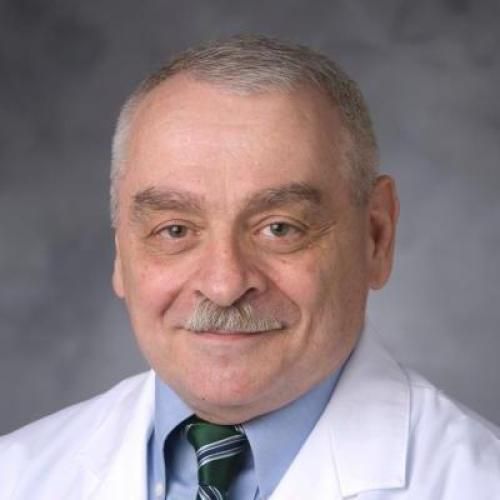Artificial surfactant attenuates hyperoxic lung injury in primates. I. Physiology and biochemistry.
Prolonged exposure to O2 causes diffuse alveolar damage and surfactant dysfunction that contribute to the pathophysiology of hyperoxic lung injury. We hypothesized that exogenous surfactant would improve lung function during O2 exposure in primates. Sixteen healthy male baboons (10-15 kg) were anesthetized and mechanically ventilated for 96 h. The animals received either 100% O2 (n = 6) or 100% O2 plus aerosolized artificial surfactant (Exosurf; n = 5). A third group of animals (n = 5) was ventilated with an inspired fraction of O2 of 0.21 to control for the effects of sedation and mechanical ventilation. Hemodynamic parameters were obtained every 12 h, and ventilation-perfusion distribution (VA/Q) was measured daily using a multiple inert-gas elimination technique. Positive end-expiratory pressure was kept at 2.5 cmH2O and was intermittently raised to 10 cmH2O for 30 min to obtain additional measurements of VA/Q. After the experiments, lungs were obtained for biochemical and histological assessment of injury. O2 exposures altered hemodynamics, progressively worsened VA/Q, altered lung phospholipid composition, and produced severe lung edema. Artificial surfactant therapy significantly increased disaturated phosphatidylcholine in lavage fluid and improved intrapulmonary shunt, arterial PO2, and lung edema. Surfactant also enhanced the shunt-reducing effect of positive end-expiratory pressure. We conclude that an aerosolized protein-free surfactant decreased the progression of pulmonary O2 toxicity in baboons.
Duke Scholars
Altmetric Attention Stats
Dimensions Citation Stats
Published In
DOI
ISSN
Publication Date
Volume
Issue
Start / End Page
Location
Related Subject Headings
- Respiratory Mechanics
- Pulmonary Surfactants
- Pulmonary Surfactant-Associated Proteins
- Pulmonary Edema
- Proteolipids
- Positive-Pressure Respiration
- Polyethylene Glycols
- Physiology
- Phosphorylcholine
- Phospholipids
Citation
Published In
DOI
ISSN
Publication Date
Volume
Issue
Start / End Page
Location
Related Subject Headings
- Respiratory Mechanics
- Pulmonary Surfactants
- Pulmonary Surfactant-Associated Proteins
- Pulmonary Edema
- Proteolipids
- Positive-Pressure Respiration
- Polyethylene Glycols
- Physiology
- Phosphorylcholine
- Phospholipids




